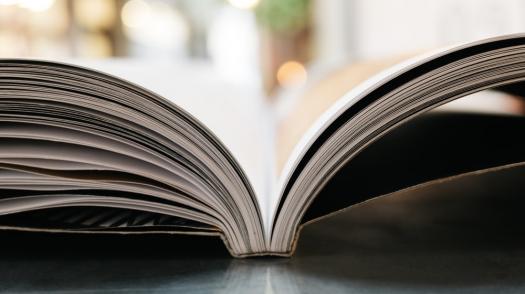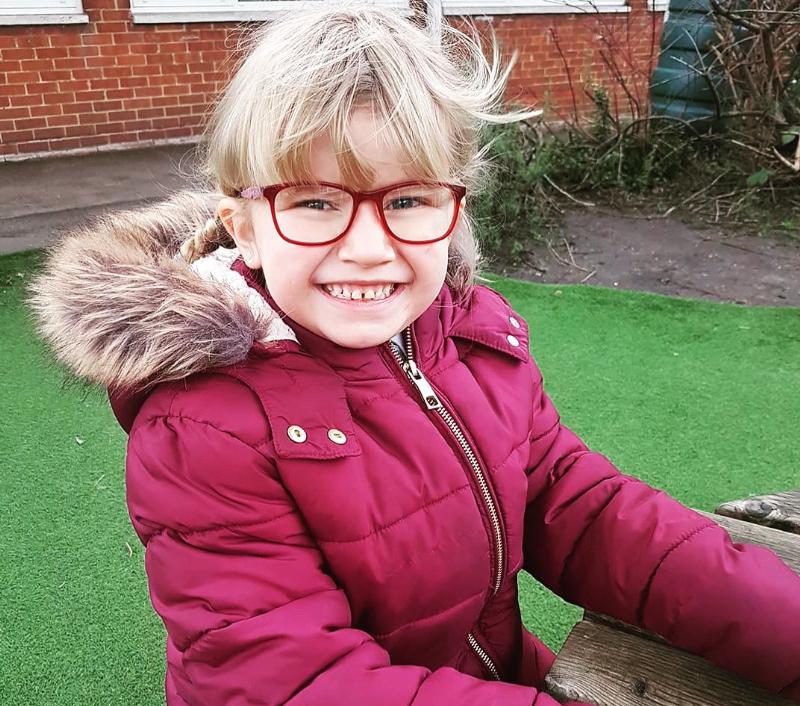This section looks at the way speech and communication is affected by acquired brain injury. It also offers advice on talking with children with acquired brain injury.
When any one of us holds a conversation, we rely on a number of things:
- The ability to find the word we’re looking for 1, and to organise words into sentences 2
- Our memory and our attention 3 4
- The unspoken ‘rules’ of conversation – taking turns, listening to someone else’s ideas, judging the right thing to say, staying with a topic 5 6
- Putting ourselves in someone else’s shoes 7
- The complicated system of muscles we use to speak and produce sound 8
- The ability to start a conversation.9
All of these things can be affected by an acquired brain injury, and so the way a child holds a conversation can be affected in different, sometimes complex ways.
If we think back to our ‘introduction to ABI’, we know that a brain injury can interrupt a growing brain “while it still has work to do”. And the way a child communicates is one of the things that may be affected.10
Language experts group the skills we use in communication into different sets:
- The way we speak to others, the way we express ourselves
- The way we understand what other people are saying to us
- The rules we stick to in conversations (taking turns, staying on the same topic).
Children with an acquired brain injury may have difficulties with one, both or all of these things.11 12 For example, a child may be able to understand what others are saying perfectly well, but might struggle to express what they would like to say.13 14
As we know, acquired brain injury affects different children in different ways. And the way a child’s communication is affected can be just as individual.15
It’s also important to remember that communication doesn’t only mean speaking. Some children are ‘non-verbal’ for a period following an acquired brain injury. Some children may use eye contact, gesture or expression to get their message across.16 Some children with severe acquired brain injury may use special aids or devices.
But many children will experience some of these common difficulties.
- Difficulty reaching for the word they want to use 17
- Difficulty with complex or abstract words and ideas. Some children may take a phrase such as ‘that rings a bell’ literally 18 19
- Difficulty organising their speech.2 Children might seem to ‘ramble’
- Difficulty taking turns in a conversation, and following ‘unspoken rules’ (eg how close to stand to someone)5
- Difficulty processing information.20 They might have difficulty keeping track of something that’s being said to them, or they may lose their thread in what they’re saying.
Our communication is literally the way in which we express ourselves and interact with those around us. So difficulties with communication can make things difficult for a child from a social point of view.21 Children might struggle in conversation if they miss things like what a facial expression or body language might mean.22
A brain injury may also impact upon the way a child uses non-verbal communication, they may be absent or used incorrectly and this can make it difficult to know how the child is feeling or what they are meaning.
Children might not respond to another’s good news or they might interrupt. They might not detect sarcasm.23 They may not have realised they should have apologised or said thank you.6 All these things can make it hard for children to ‘fit in’24 and is something to keep in mind.
Talking with a child with an acquired brain injury25
The following guidance is drawn from the work of the South West Brain Injury Rehabilitation Service. Used with kind permission.
There are some simple, practical things you can do to help a child with their communication. Communication experts say there is a difference between talking with a child and talking at them. Most of us have experienced what it’s like when someone’s talking at you, but it’s worth illustrating with some examples.
Talking with: “That’s a brilliant drawing – what colour paints did you use?” This offers the chance to expand.
Talking at: “Tell me about broccoli!” Introduces a topic the child might not be interested in.
Saying something like, “I wonder what would happen if...” Invites more information.
It can also be helpful to keep the topic going, like this: “And did you mix those colours yourself?”
Rather than giving non-specific responses like this: “Mmm...” When you think about it, this is the way most mothers and fathers speak with their children anyway.
Many parents encourage their children to speak by asking questions. It’s also useful to:
- Try to organise information in a sequence - “Okay, so first you... and then you...”
- Explain causes and effects - “I think it broke after you dropped it”
- Include emotional responses - “You cried because you were scared – lots of people do that”
- Explain similarities and differences – “It’s just like when we...”
- Extend the conversation by association with other things – “That reminds me of...”
- Add extra information about events – “That’s because it...”
- Try to address problems and solutions – “How could we do this better next time?”
- Express interest – “I didn’t realise that...”
- Review what you’ve been talking about – “So there have been three green cars and one red one...”
- Repeat things if you need to – and make it clear that there’s no harm in asking you to repeat yourself 26
- Give children plenty of time to respond
- Try to reduce the distractions, such as noise, TV, the radio.
It’s important to remember the impact of fatigue. Children will always respond better at some times than at others.
I think people have certain ideas about a child who has had difficulty speaking. I had to tell the people around us that just because someone can’t use language, it doesn’t mean they don’t understand it. Casey could understand everything people were saying to her – she just had trouble replying." Parent's experience
If you’ve struggled in a conversation with your child, think about these points
- Did I say things at a slow enough speed?
- Can I make this simpler?
- Was I clear?
- Did I use puns or humour that wasn’t understood?
- Would it be worth trying to use pictures or writing out information?
- Am I distracting them with too many gestures, too loud a voice? Too many pauses?
- How is the environment? Is it too loud, congested, bright, too much going on?27
Other ideas 25
Try to make some time when your child has your undivided attention:
- Going for a walk or doing something together such as cooking or gardening. Shared experiences can provide useful topics for conversation in the future
- Write a letter or make a video for someone your child hasn’t seen for some time. You can help them plan what they want to say
- If they’re able, perhaps they can talk about things they’ve been up to. They may need your help with this (memory may be an issue)
- Play games that encourage talking. Some of the games we’ve all grown up with can be useful, such as Guess Who? Games like Articulate may be useful for older children
- But it isn’t necessary to buy anything. Games such as I Spy, Charades, or 20 questions will work just as well. The point is that the child is talking and taking turns 28
- Using something to aid memory and organisation can be helpful. Use a photo album as a starting point to talk about a holiday or a trip. Or perhaps a diary to talk about the week so far.
Other simple things that might be helpful include:
- Try not to demand information. Children can find it easier to give information if they are cued. For example: "Did you have PE today? How was it?
- Use ‘collaborative talk’: “Let’s try to remember the day we...”
- Encourage wherever possible, with specific feedback: “This is very difficult, isn’t it? But you explained that very clearly.”
- Try to avoid using any ‘ambiguous’ language – anything that might be understood in different ways. A good example of this might be avoiding some of the stock phrases we use all the time without thinking about it. For example, “That rings a bell” or “You take the biscuit”.18 19 Sometimes, children with acquired brain injury take phrases like these literally. Avoiding them can prevent a child from becoming confused. But it can also prevent them from feeling anxious as they try to interpret what’s being said to them.29
Parents’ experiences
“Casey could be very quiet ... I’d ask how things were in school, and I’d only get one-word answers."
“Michael struggled to keep up conversations with relatives. It was almost like he’d forgotten the rules of talking to people – he’d go off talking about something else."
“One time, James went out for a walk with his Grandma. When he came back, he said he’d seen a fox in the woods and that different people had spoken to him. While he was taking a nap a bit later his Gran explained it hadn’t happened like that at all."
Who can help?
Help from professionals may be appropriate:
-
If your child is pre-school aged, they can be referred to a speech and language therapist through your GP.
-
If your child is in school, the school’s Special Educational Needs Co-ordinator should be able to help.
-
Each school is required to have a SENCO by law.30
The I CAN speech and language therapist can offer parents, family members and practitioners information about typical communication development or specific difficulties, and signpost to relevant and useful information, resources and organisations.
Visit ICAN charity website for more information and to book a confidential call from an I CAN therapist please phone 0207 843 2544 9:00-17:00, Monday-Friday. If you would prefer an email response, click here.
The Royal College of Speech and Language Therapists (RCSLT) may be able to offer guidance on a private therapist, if appropriate. Visit the site here.



